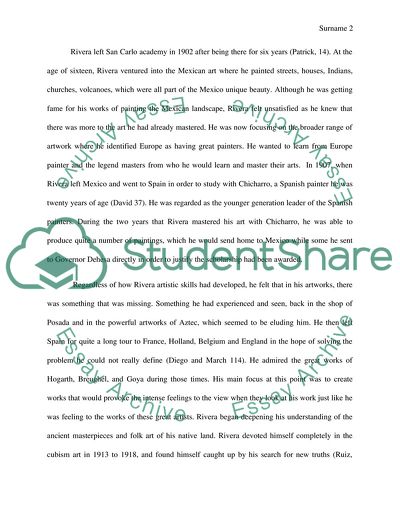Cite this document
(Biography and Creativity of Diego Rivera Term Paper, n.d.)
Biography and Creativity of Diego Rivera Term Paper. Retrieved from https://studentshare.org/biographies/1849423-art-history
Biography and Creativity of Diego Rivera Term Paper. Retrieved from https://studentshare.org/biographies/1849423-art-history
(Biography and Creativity of Diego Rivera Term Paper)
Biography and Creativity of Diego Rivera Term Paper. https://studentshare.org/biographies/1849423-art-history.
Biography and Creativity of Diego Rivera Term Paper. https://studentshare.org/biographies/1849423-art-history.
“Biography and Creativity of Diego Rivera Term Paper”, n.d. https://studentshare.org/biographies/1849423-art-history.


